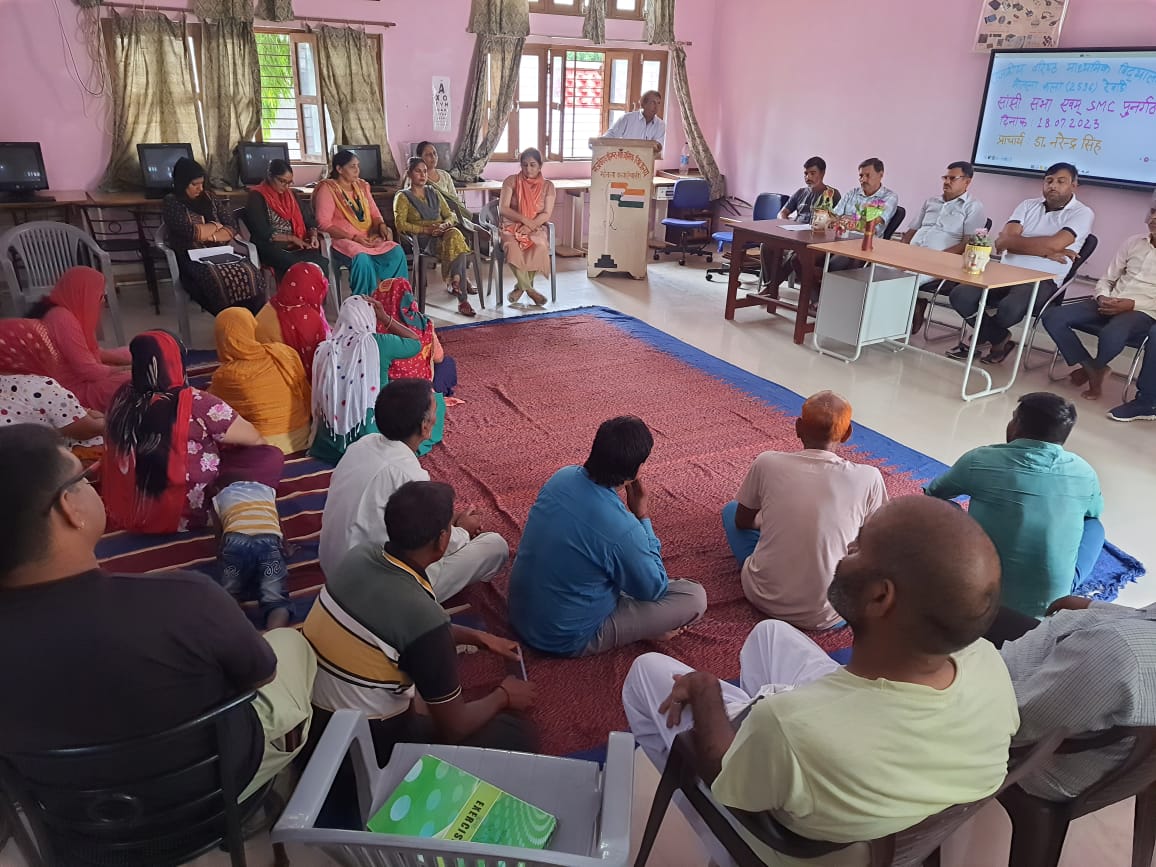OUR VISION
A world where everyone has the power to speak up and shape decisions impacting their future.
OUR MISSION
Enable access to public services by sustained participation of communities in governance.
What- The Crisis
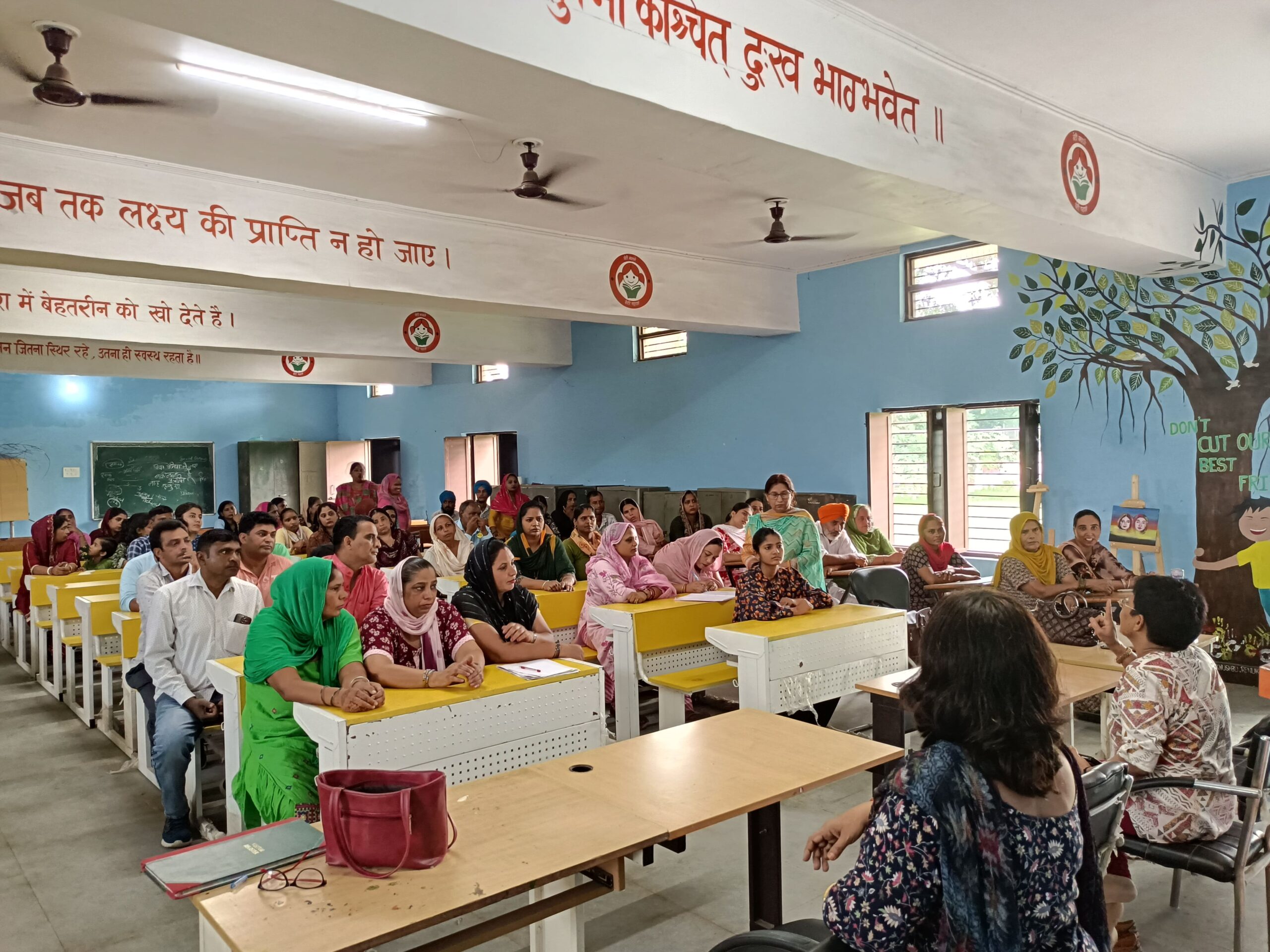
How- Our Approach
Where- Our Reach
THE CRISIS
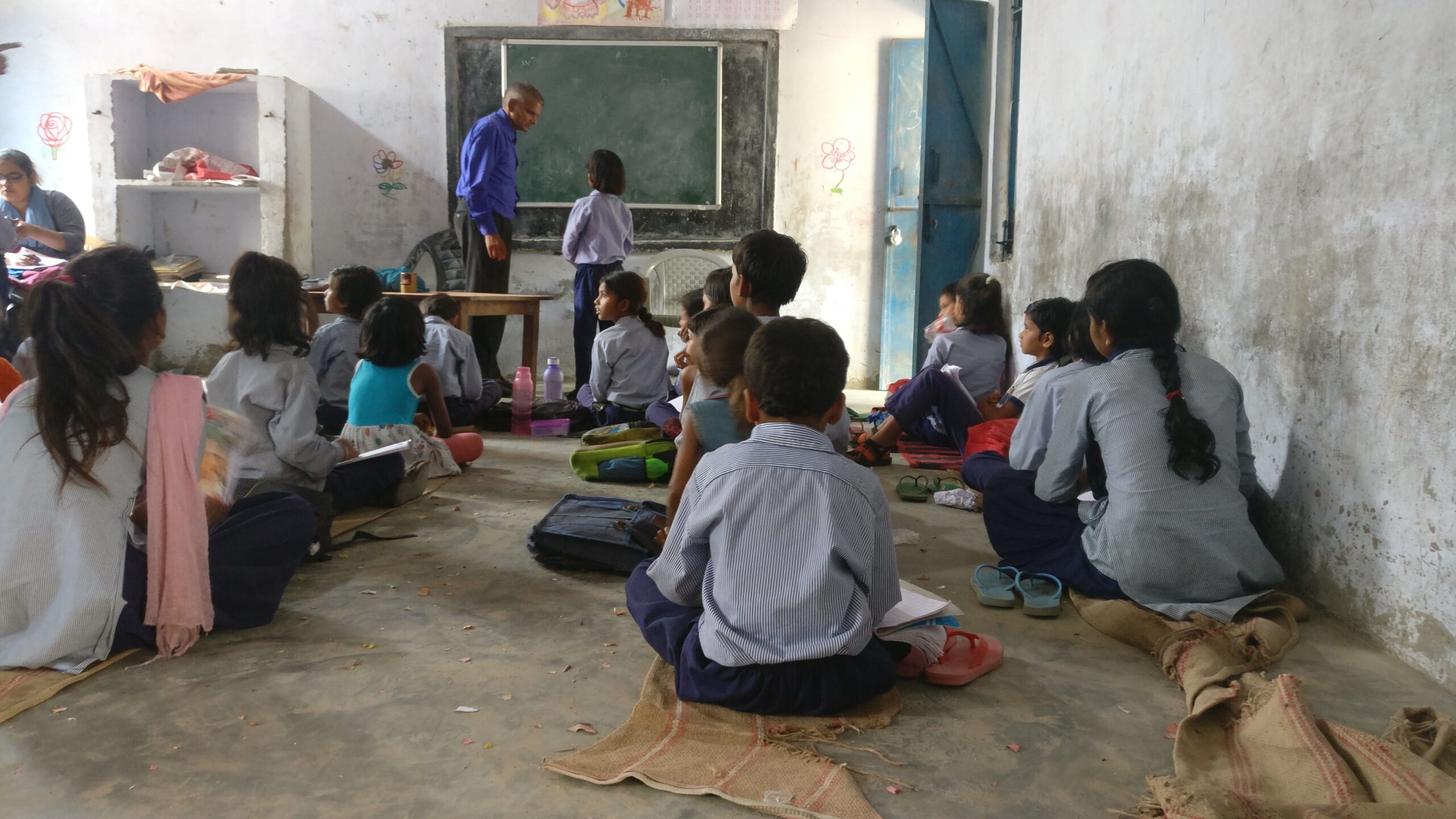
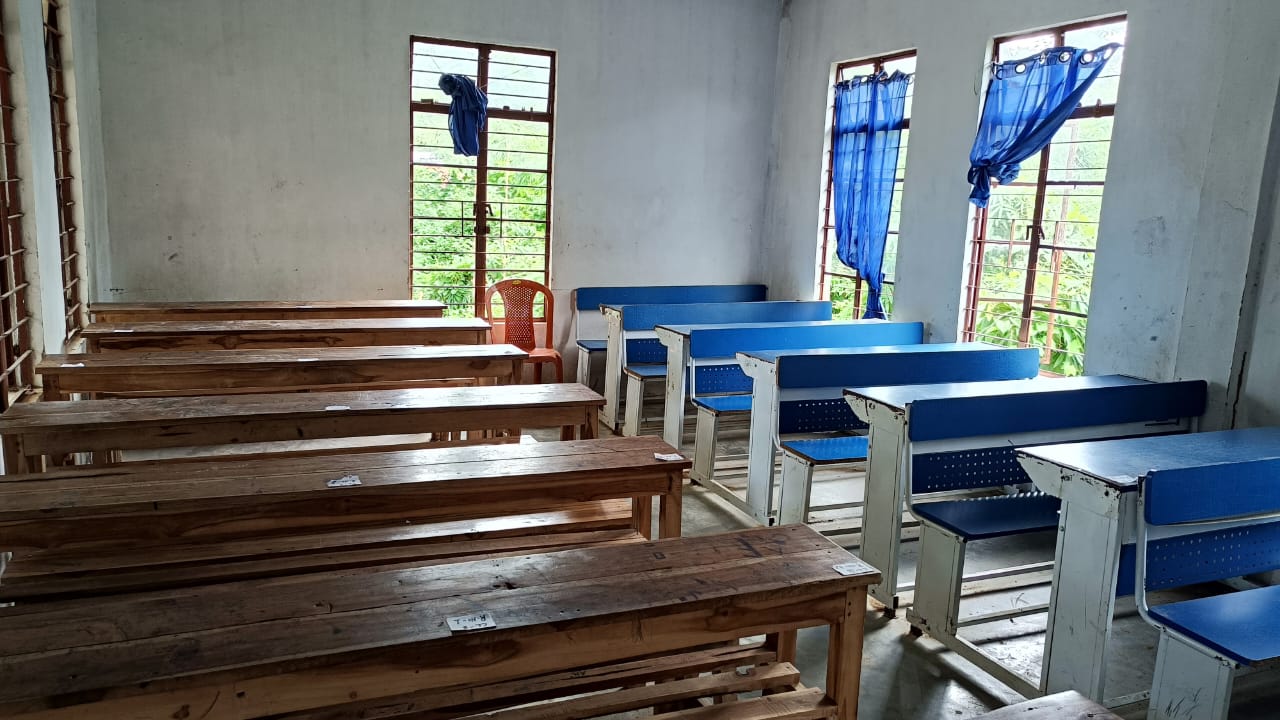
1. Lack of Active Platforms
2. Lack of Voice and Agency in Stakeholders
Democratizing Governance of Public Institutions
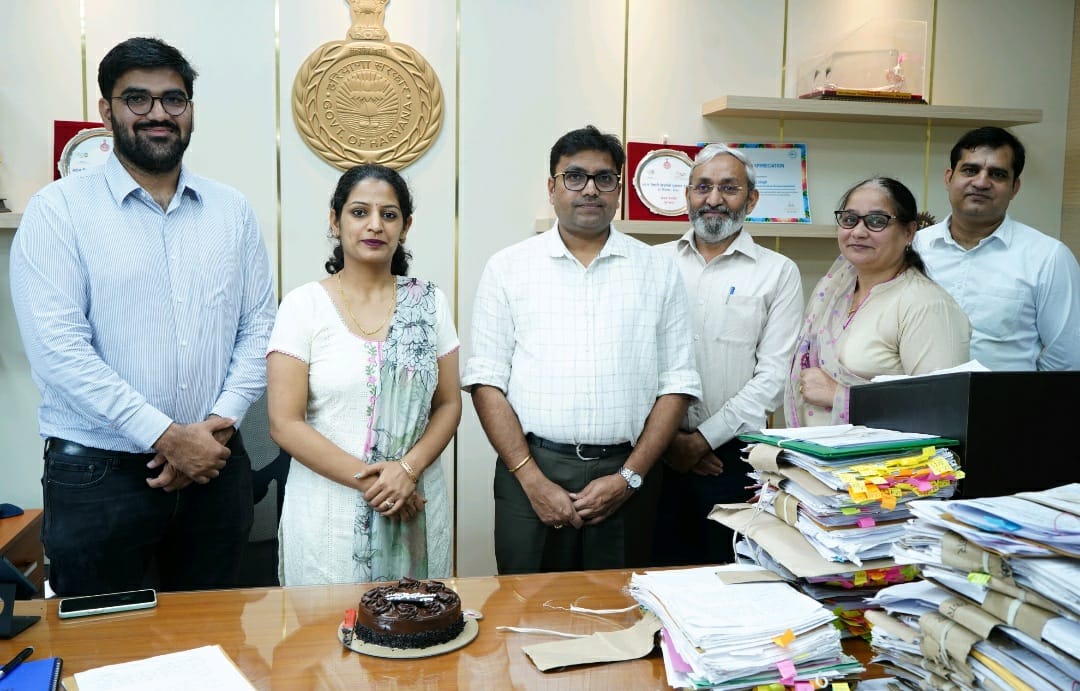
Our Solution
Our hypothesis is that well governed institutions are more likely to deliver on their intended outcomes than poorly governed institutions. Furthermore, having inclusive and representative platforms which allow for collective dialogue and action is a basic facet of good governance as suggested by United Nations, Prerna Goswami (2013), and International Association For Public Participation.
So far Samarthya has worked primarily towards strengthening the governance of public schools. Our approach to work on this crisis of poor governance has two major components: Activating Platforms and Fostering Voice and Agency
Activating Platforms
We work on fostering and activating new and existing platforms which allow for local collective dialogue and action around public institutions. We work with the government and/ or the communities to help calibrate the process of structuring/ designing and/ or constituting platforms for collective dialogue and action. The objective is to increase awareness, engagement and participation of stakeholders in such local platforms. A lot of our work focuses on co-designing processes to support state governments in the formation and working of existing platforms such as School Management Committees (SMCs) in government run and aided schools. The Act envisions the SMC as part of a decentralized governance model and empowers the members of the committee to support and monitor the functioning of the schools and oversee that the school grants are used effectively. We also work on other platforms based on the needs and contexts of the stakeholders we work with.
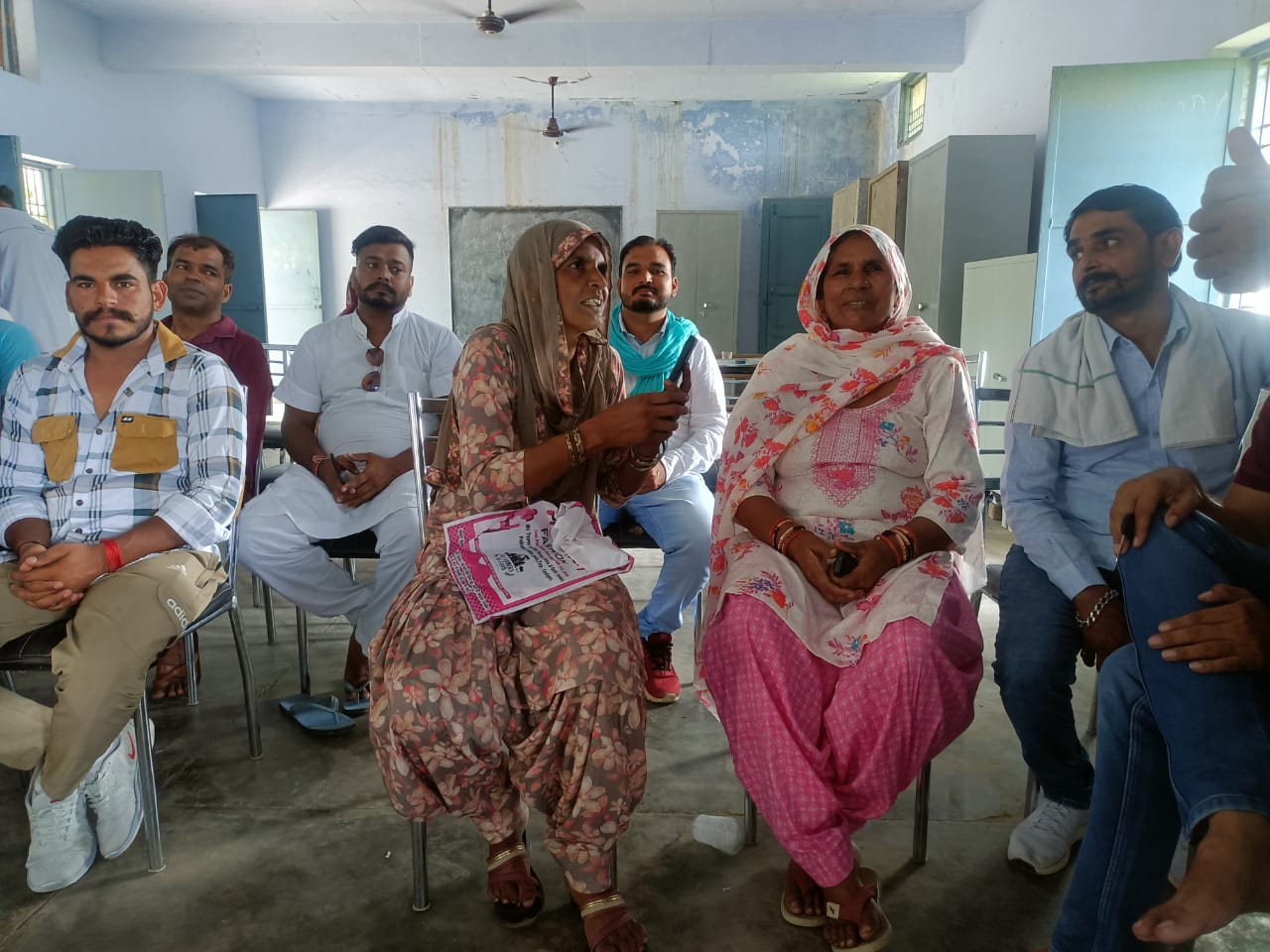
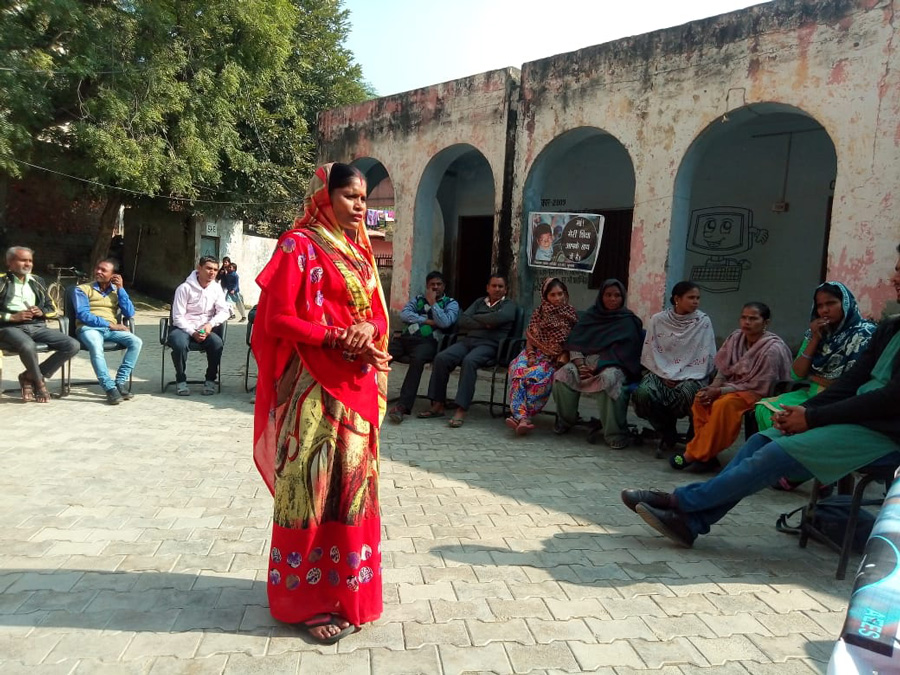
Fostering Voice and Agency
We foster voice and agency in stakeholders to identify and express their interests and concerns. This is done by conducting capacity building sessions directly with the stakeholders on the grassroots or/ and with the people who interact with them regularly.

